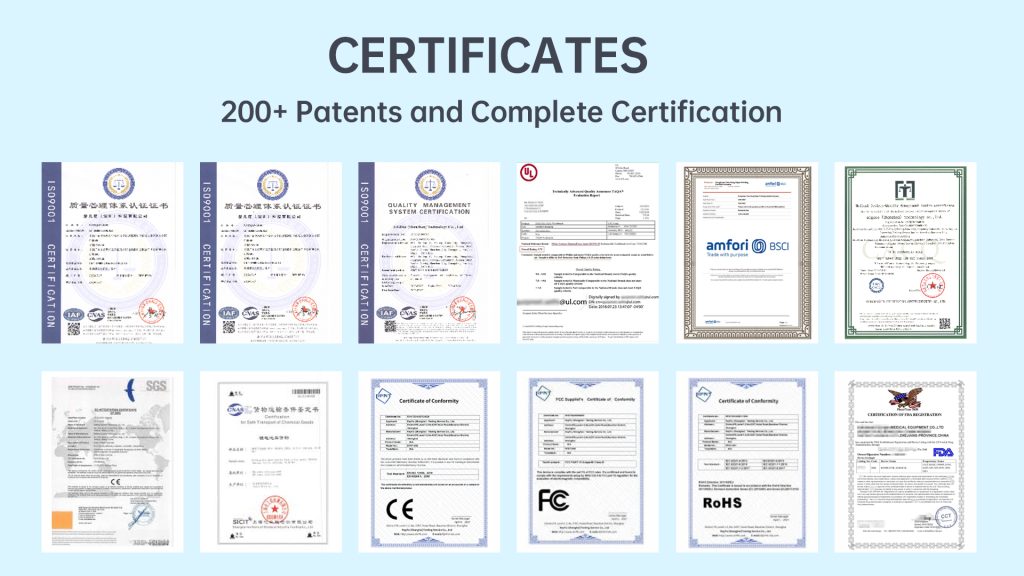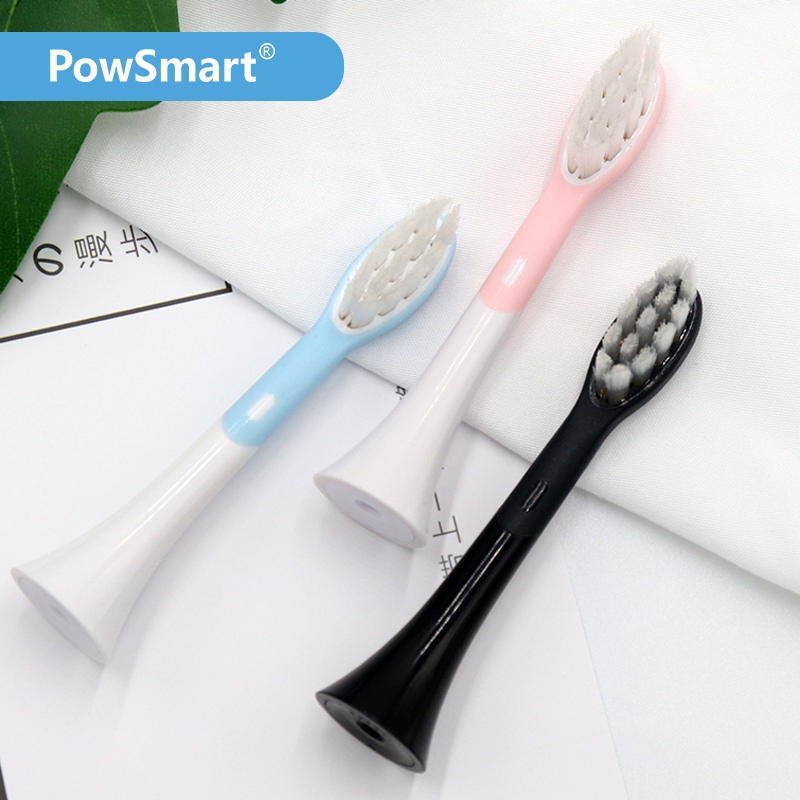Many electric‐toothbrush makers have adopted hollow motors to reduce weight and cost—but this shortcut often introduces hidden compatibility issues across mechanical, electrical, and sealing interfaces. In this exposé, we reveal six critical dimensions where hollow‐shaft designs can trip up even experienced B2B manufacturers, and offer practical remedies to safeguard product performance and reliability.
First, let’s define hollow motors:
By grasping this basic architecture, you can anticipate where compatibility issues may arise.
Moreover, hollow motors alter vibrational characteristics:
Understanding these resonance profiles is key to selecting appropriate dampers and mountings. Company web:https://www.powsmart.com/product/electric-toothbrush/
Furthermore, hollow motors often present variable electrical loads:
For reliable operation, drivers must be re-tuned or custom-matched to the motor’s altered electrical signature.

In addition, hollow motors complicate sensor and head interfaces:
A holistic co-design of motor, sensor, and brush-head ensures consistent compatibility.
To prevent these pitfalls, adopt these measures:
These targeted strategies preserve hollow‐motor benefits while eliminating compatibility issues.
Finally, comprehensive QA and partner support cement long-term success:
By closing the loop between design, production, and distribution, you ensure hollow‐motor products meet the highest reliability standards.
Conclusion
While hollow motors offer cost and weight advantages, they also bring hidden compatibility issues that span mechanics, electronics, and assembly. B2B manufacturers can overcome these challenges by reinforcing motor structures, customizing driver settings, integrating damping solutions, and instituting rigorous QA and partner training. Contact us to co-develop hollow-motor platforms that combine lightweight innovation with rock-solid reliability!

Are Electric Toothbrush Heads Universal?
Noise Complaints from Handle Corrosion? A Silent Threat Uncovered!
Hose Cracks Causing Water Pressure Instability?
.jpg)
Developing an Electric Toothbrush Sourcing Strategy?

Oral Care and Personal Confidence Enhancement: A Dual Strategy from Whitening Effect to Product Appearance Level

Best Dentist-Recommended Braces Cleaning Products for Braces Wearers
.jpg)
Pressure Sensor Toothbrushes: Prevent Over-Brushing with Smart Tech
.jpg)
sonic electric toothbrush Montgomery
Electric Toothbrush with Pressure Sensor – OEM Design & Wholesale Supply

Analyzing Oral-B Style Handle Technology: A Cost-Benefit Guide for OEM Brands
.jpg)
Is Bluetooth Toothbrush APP Tracking Failure Causing User Adaptation Issues?
Material Degradation Releasing Chemical Residue? Hidden Hazards in Oral Care Devices
Does a Water Flosser Require Regular Maintenance? How Should It Be Cleaned?
.jpg)
The Secret of the Cross-Sectional Shape of Electric Toothbrush Bristles: The Difference Between Diamond, Round and Cone in Protecting Gums

Electric Toothbrush Head Customization Solution and Range
Quiet Electric Toothbrush for Night Use – OEM Supply for Hotels & Wellness Brands

Electric toothbrush heads Charcoal Infused-Diamond
.jpg)
Florida Electric Toothbrush – Powsmart PTR-C8

Private Label Whitening Gel

Customization Teeth Whitening Gel

electric toothbrush heads Ultra Soft

electric toothbrush heads Deep Clean

electric toothbrush heads Regular Clean

electric toothbrush heads Charcoal Infuse-Round
whstapp
whstapp
National Toll-Free Service Hotline
+86 755 86238638